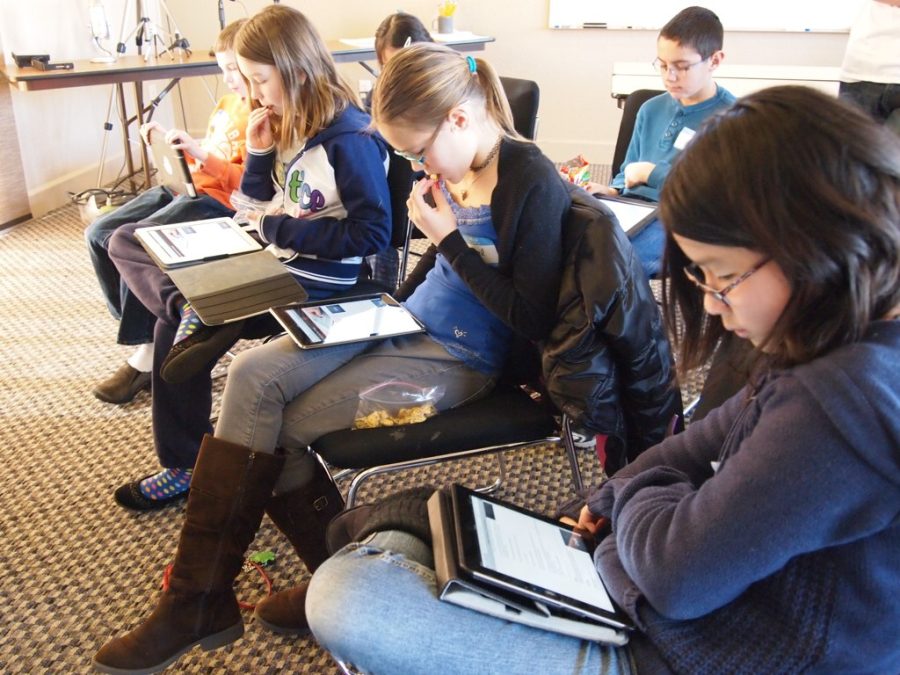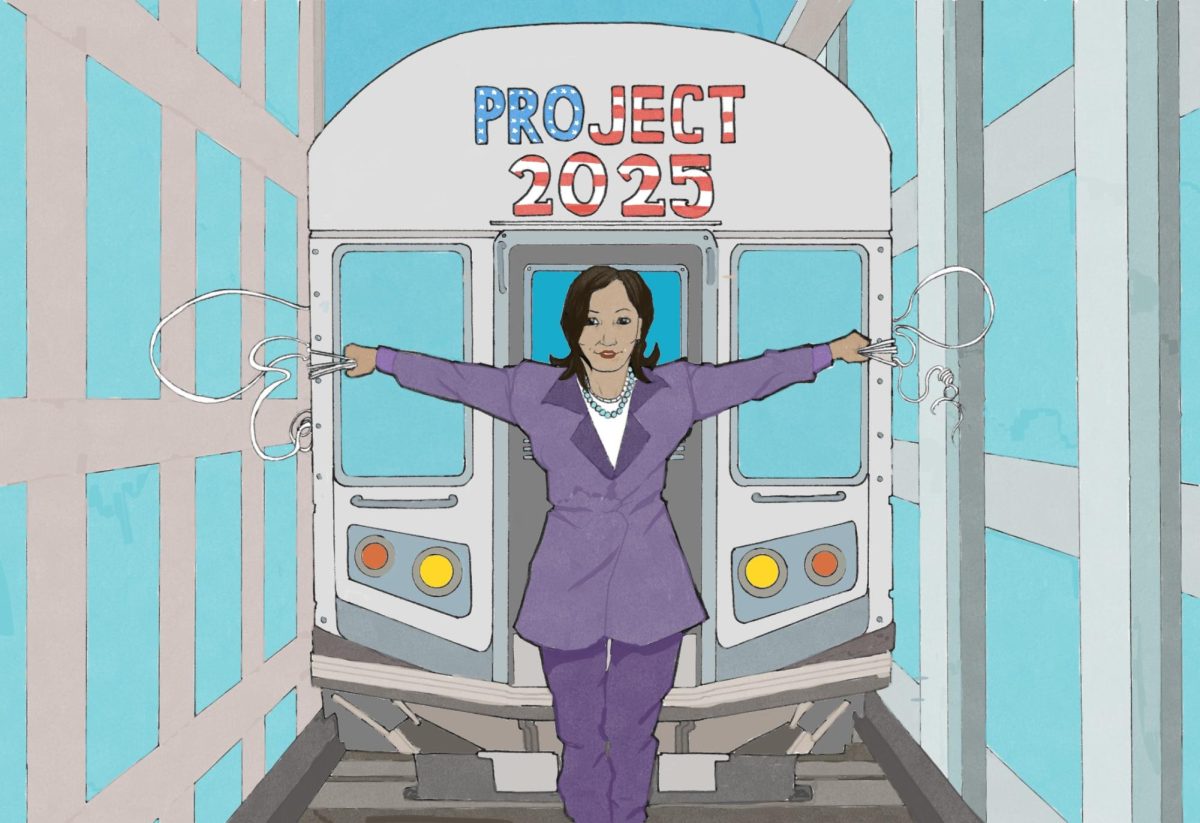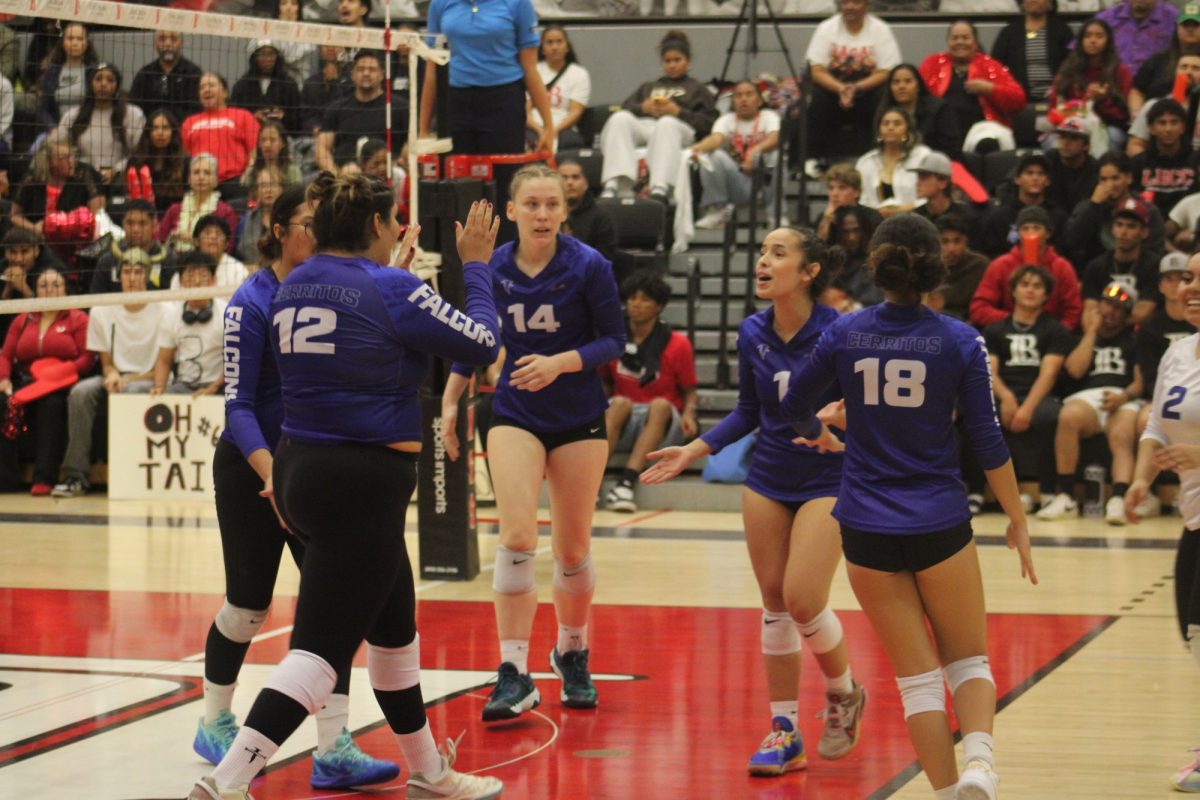Public education going back decades in contrast to today has changed due to technology becoming more involved in younger generations’ education.
How is technology affecting student learning capabilities?
While there are pros to using technology in education, there are many cons that come with it such as the end to certain learning topics like learning how to read a clock and how to do do simple math problems on paper instead of using a digital calculator.

Although school districts are becoming more involved with technology, it is the teacher’s responsibility to make sure that students are taking- in information and learning it.
Frank Lemus, a Norwalk High School teacher, said, “The way they want us to teach makes a lot of sense, but it takes a lot of energy. You have to create a climate culture in your classroom.”
As public education continues changing, technology is a big change for younger generations to adapt t.
“There are some basic calculations like solving for x that seem to be obsolete now because they have things like ‘Photomath’ and ‘PhotoMath’ [which] shows a kid how to do everything,” said Lemus.
Technology is used improve student education, however, students take advantage of that. There are some students who do not even do the work because answers are already on the internet allowing students the opportunity to cheat – copy and paste, not learning anything.
“Technology makes it much easier,” Lemus said, “They have the tools accessible to them. For example, right now we’re doing laws of cosine and before it was a real challenge to get everyone a calculator, but everybody has their phones now.”
Out of all the generations that are currently in this world, Gen Z is obtaining things easier than older generations. There has been changes in recent times with public education making things as easy as possible for the newer generation.
Examples include changing clocks in schools to digital clocks and switching from pencil and paper to iPads and computers in the classrooms. Although public education is trying to help better their student’s education there are visible downsides.
Changing ordinary clocks to a new digital clocks is a poor choice. It is important to learn how to use an old clock because it’s how the world tells time. When traveling places around the world digital clocks may not be used due to varying factors.
The main problem with students growing up in the age of technology is that students have become too reliant on information found on the internet. It was only a matter of time for the growth of technological learning to fully separate from traditional teaching.
Students find answers to homework very accessible due to computers and smartphones being found through a search bar. Many students use this to their advantage – lessons and lectures are heard through one ear and thrown out of the other.
It’s a double-edged sword that lies in the fault of the school system and officials. On one hand, we have to learn to evolve as a community with technology, where on the other hand we lose a lot of our skills that we’ve obtained by solving things without assistance.
However, we also have ourselves to blame. As a group of college students, we often criticize our generation for taking advantage of the help that has been handed down from the higher ups.
As a result, our generation lacks interpersonal communication and relationship building needed as we grow into adults. This was greatly increased due to the pandemic.
According to a survey from Hospitality Tech, about 37% of Gen Z has said their skills to maintain a connection with people have weakened due to technology.


























